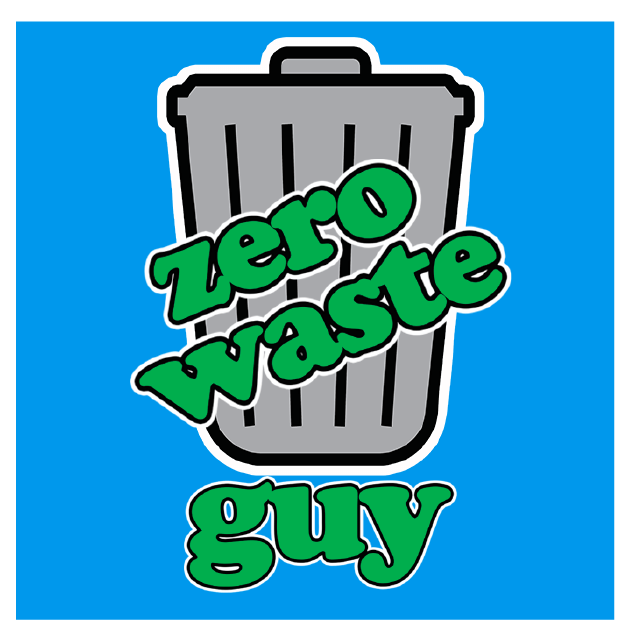This next topic is said to be the biggest environmental problem you’ve never heard of! And it seems overwhelming, even to me.
Read on where I said shed light on this problem, discuss what I am doing to avoid contributing to it and question what more I can do. Becoming 90% effective on my zero waste journey was easy. It’s the remaining 10% that is the most challenging.
I had been aware of microbeads for some time now, but was all but ignorant to something equally destructive but considerably more prevalent: plastic microfibers. |
By now you should be somewhat familiar with microbeads. If not, they are tiny beads found in many toothpastes, body washes and face scrubs and are designed to act as an abrasive that aid in cleaning your teeth and/or body. In addition to the gross factor of unknowingly ingesting plastic microbeads while brushing your teeth, they are pretty horrible because they get into our water system and ultimately find their way to the ocean where fish and other marine life (also unknowingly) ingest them. In response to this, California (as usual) became the first state in the nation and world to ban plastic microbeads from consumer goods, which goes into effect on January 1st, 2020. If you want to know if any product you own contains microbeads, head to the ingredients list and look for anything that starts with poly.
I had been aware of microbeads for some time now, but was all but ignorant to something equally destructive but considerably more prevalent: plastic microfibers.
Much of our clothing today is made in part or whole with plastic fibers. I used to (well, I still do…) love my tri-blend shirts made from cotton, rayon and polyester. What I did not realize was that these “hybrid” materials wreak havoc on the environment.
When it comes to everyday clothes this seems like a relatively straightforward fix: I can simply replace my plastic clothes with cotton, hemp or some other compostable material. |
In theory, 100% cotton clothing can be composted and 100% polyester clothing can be recycling or in some way repurposed into insulation, teddy bear stuffing or a shop towels. When blended together, they can neither be composted nor recycled. To add insult to injury, every time you wash your clothes, tiny microfibers of plastic abrade from material and go into the water and ultimately the ocean.
When it comes to everyday clothes this seems like a relatively straightforward fix: I can simply replace my plastic clothes with cotton, hemp or some other compostable material. I don’t know all the details about what dyes, inks and logos are safe to compost, but I would think that cotton link winding up in our oceans would be considerably less problematic than plastic.
Plastic microfibers are said to be the biggest environmental crisis that we don’t know about. |
Now for the larger problem in my life: what the f*ck do I wear while running or playing soccer? Last time I checked everything sports-related, from soccer jerseys to yoga pants are made from polyester or some other form of plastic. This is due to its durability and ability to wick sweat. Cotton on the other hand soaks up sweat like a sponge which causes discomfort and chafing.
How can I truly respect nature while on that hike or trail run when I know that the moment I wash my workout clothes I will be releasing plastic microfibers into our waterways and oceans? Someone recently commented on my Instagram account that I could purchase workout clothing made from 100% recycled plastic. On the surface this seems like a good idea, but recycled plastic abrades just the same as virgin plastic.
I don’t have the answer now and I don’t expect you to either. Plastic microfibers are said to be the biggest environmental crisis that we don’t know about. I don’t know what the solution is, but want to at least bring this to your attention. I can’t (or won’t) give up playing soccer, but as a start I can at least swap out my tri-blend and polyester t-shirts with 100% organic cotton alternatives.

Recent Comments